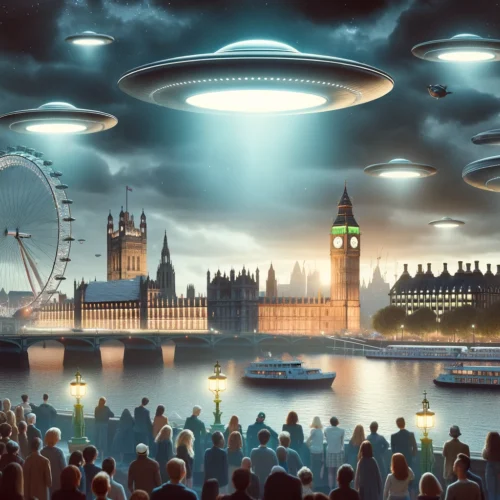Embark on a Cosmic Voyage: A Guide to Summer Stargazing
- To catch a glimpse of the Milky Way this summer, plan your viewing during the new moon phase and seek out locations far from urban light pollution.
- Utilize long-exposure photography to capture more vivid colors and details of the galaxy than the naked eye can see.
- Explore various tools like Dark Sky Finder and Dark Site Finder to locate the best stargazing spots with minimal light pollution.
The Celestial Showcase Awaiting You
This summer, the universe invites you on a spectacular journey to witness the beauty of the Milky Way—no telescopes required! However, this awe-inspiring sight demands a little adventure. You’ll need to venture away from the city lights to where the stars reclaim the night sky.
During July and August, the heart of our galaxy parades across the Northern Hemisphere’s night sky, revealing a breathtaking tapestry of billions of stars, dust, and gas. Despite its magnificence, an astonishing 80% of North Americans have yet to see the Milky Way. This rarity is due to its visibility only during the new moon phases and in areas untouched by urban light pollution.
A Canvas of Stars Within Reach
For those eager to capture this wonder, a camera capable of long-exposure photography can illuminate colors and textures far beyond our visual capacity. But remember, the key to a successful celestial viewing is preparation. Align your expedition with the darkest days, centered around the new moon, and give your eyes at least 20 minutes to adjust to the darkness for an optimal stargazing experience.
The challenge, however, lies in escaping the pervasive glow of artificial light. Light pollution not only obscures our view of the stars but also disrupts our circadian rhythms, impacting both human and wildlife health.
Discovering Darkness in the Light-Polluted U.S.
If you’re determined to feast your eyes on the Milky Way, you might need to journey to some of the United States’ darkest corners. Locations like Death Valley in California, Big Bend National Park in Texas, Glacier National Park in Montana, and the Central Idaho Dark Sky Preserve promise skies dark enough to reveal the galaxy in all its glory.
For those seeking adventures closer to home, tools like the Dark Sky Finder and Dark Site Finder can point you to lesser-known stargazing spots, including urban areas spared from severe light pollution.
Mark Your Calendars
The prime windows to embark on your stargazing expeditions are June 28 to July 8, July 28 to Aug. 7, Aug. 26 to Sep. 6, and Sep. 24 to Oct. 5. Seize these opportunities to connect with the cosmos and witness the splendor of the Milky Way firsthand.
Jon’s Take
As someone who’s always been fascinated by the stars, I encourage you to take advantage of these summer nights. The universe is a vast, beautiful mystery waiting to be explored, and sometimes, all it takes to start that journey is a look upward. The truth isn’t just out there—it’s right here, woven into the night sky, inviting you to discover its secrets. Happy stargazing!
Original Article




